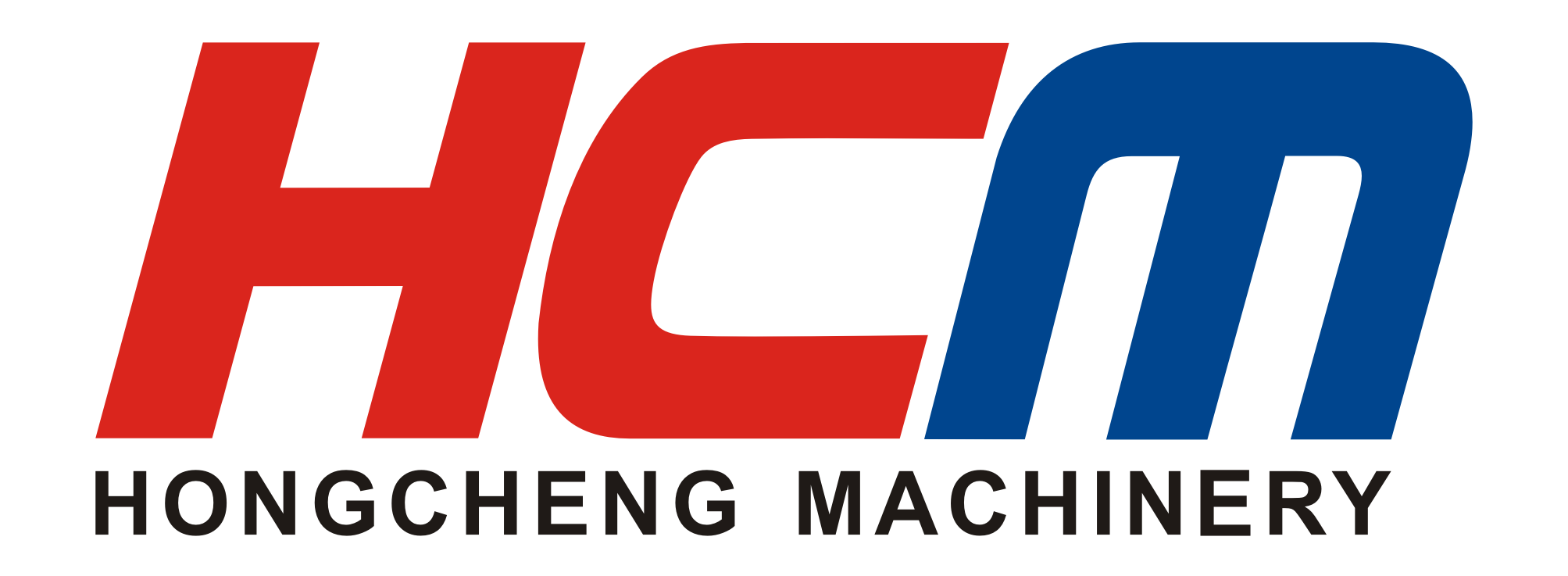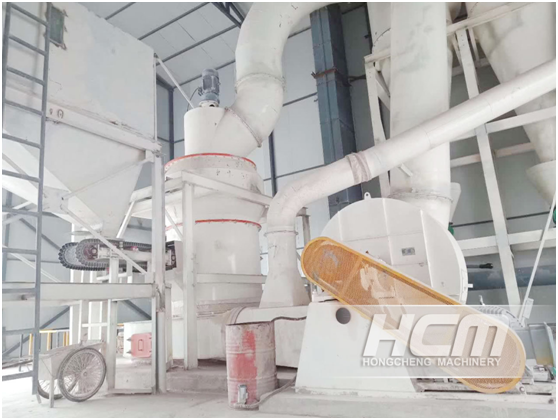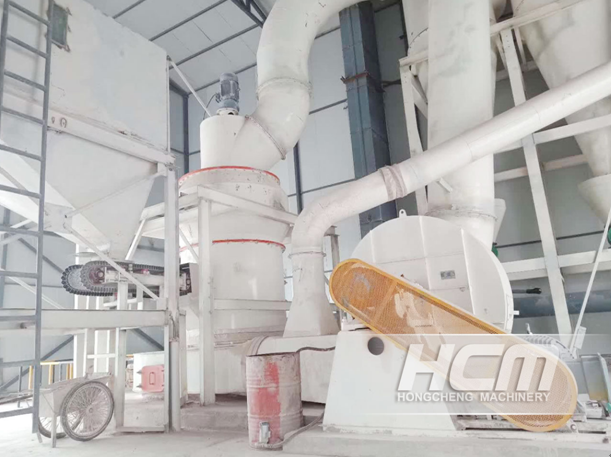
- all
- product
- blog
- all
- product
- blog
Details
Raymond Mill for Diatomite Powder Making
-
Details -
Parameters -
Case -
Maintenance -
Inquiry
Raymond Mill for Diatomite Powder Making

Diatom is a single-celled algae whose unit is very small. The mineral component of the diatom is mainly opal. And it contains clay (kaolinite and a small amount of smectite), carbon (organic matter) , iron (limonite, hematite, pyrite), carbonate (calcite, dolomite, a small amount of siderite), quartz, muscovite, glauconite, and feldspar. It is characteristic of porosity, low density, large specific surface area, good adsorption, acid resistance, alkali resistance, insulation, etc. The main usage of the diatom is to produce materials, such as filters, insulation materials, functional packing, catalyst carriers, cement mixed materials.
Specializing in manufacturing series of grinding mills, Hongcheng has updated the technology on the basis of the traditional R-series grinding mill and produces a new type of Raymond grinding mill so as to improve the processing efficiency. Compared with the R-series grinding mills, its capacity is 40% higher as well as the cost of unit power consumption is 30% less. What’s more important is that improvement has been made in various performances.
HC Pendulum Grinding Mill
#HC #HCMilling #GuilinHongcheng
Roller number: 3-5
Maximum feeding size: 30mm
Diameter of grinding ring : 1000-1700mm
Capacity: 1-25t/h
Finished product fineness: 0.022-0.18mm
Application range:
It is widely used in processing fields, such as metallurgy, chemical industry, rubbers, plastics, paintings, building materials, medicines, foods, etc. And thanks to its striking effect of grinding and the excellent technology, it is an ideal device for non-metallic mineral processing.
Applicable materials:
Featuring in high-yield and high-efficiency, it can do a good job in grinding non-metallic minerals with Mohs hardness below 7 and moisture below 6%, such as bauxite, titanium dioxide, ilmenite, phosphorite, syderolife, graphite, calcium carbonate, barite, calcite, gypsum, dolomite, potash feldspar. And the product fineness can be adjusted easily.
Performance advantages:
This grinding mill has effectively improved the unit output of a single device and reduced the energy consumption per unit of output. The market prospect is promising due to its advantages of wide application, simple operation, convenient maintenance, stable performance, high efficiency, environmental protection and high performance-price ratio.

The daily inspection items of the milling machine:
1. Regularly listening to the normal operation sound of the mill and the classifier, and whether there is any abnormal sound.
2. Checking if the reducer and other equipment has any oil leakage, water leakage or material leakage.
3. Checking the wear of the tie rod seal every month.
4. Regularly check the function of the scraper and returning system.
5. Checking the pumping station every day, including: oil level of the fuel tank and refueling if necessary. The oil should be in accordance with the specified oil; check the pressure of each pressure gauge; check whether the filters are blocked.
6. Checking the oil return condition of the grinding roller lubrication station and whether the oil filling pressure is normal.
7. Always check the oil pipes and valves for oil leakage.
8. Measuring the wear of the grinding disc and the grinding roller liner each 1000H, and make a record.
9. Checking the pressure of the accumulator once a week.
10. Regularly check the center frame, nozzle ring, air guiding vane, water spray pipe and other grinding accessories.
Grinding Mill maintenance:
1. There should be a fixed person responsible for operation in using process, the operator must equipped with professional technical knowledge. Before the installation, the operator must carry out the necessary technical training to understand the principle performance of the mill and familiar with the operating procedures.
2. In order to keep the mill in good condition, the "safe operation system for equipment maintenance" should be established, and necessary maintenance tools as well as grease and corresponding accessories should be provided.
3. After using the grinding machine for a period of time, it should be repaired and maintained. Meanwhile, the wearing parts such as grinding rolls, grinding rings and blades should be repaired and replaced. The grinding roller device should be carefully check the connection bolt nut before use and after, see if there is looseness, whether the grease is sufficient. The refueling tools are available with manual refueling pumps and grease guns.
4. The grinding roller device of the mill needs to be replaced after using for more than 500 hours. When the grinding rolls are replaced, the rolling bearings in the sleeve must be cleaned.
5. According to the size of the material, soft and hard, water content, specific gravity, the processing thickness is also different. The analyzer of the mill, high speed, high fineness, low speed and low fineness can be adjusted. Increase the fineness and the output will be reduced accordingly. If the requirements are not met, the fan speed should be debugged and the user can flexibly master it.
6. The scrapping limit of the grinding roller ring of the mill, the remaining minimum wall thickness shall not be less than 10mm.
7. The feed should be stopped when the mill stops, and the main machine continues to grind. The motor of the main unit and the motor of the analyzer can be turned off to stop the grinding work after about one minute. After that, the blower motor is stopped to purge the remaining powder.
- Detailed introduction of Raymond mill: Blade + grinding roller + grinding ring to produce fine powde
- GUILIN HONGCHENG TITANIUM DIOXIDE PENDULUM RAYMOND ROLLER BOWL MILL
- MANGANESE ORE DRYER MANUFACTURES MnO RAYMOND ROLLER MILL FOR SALE
- CHINA CHEAP 5R MATTE ORE MIKRO POWDER RAYMOND GRINDING MILL SALE PRICE




